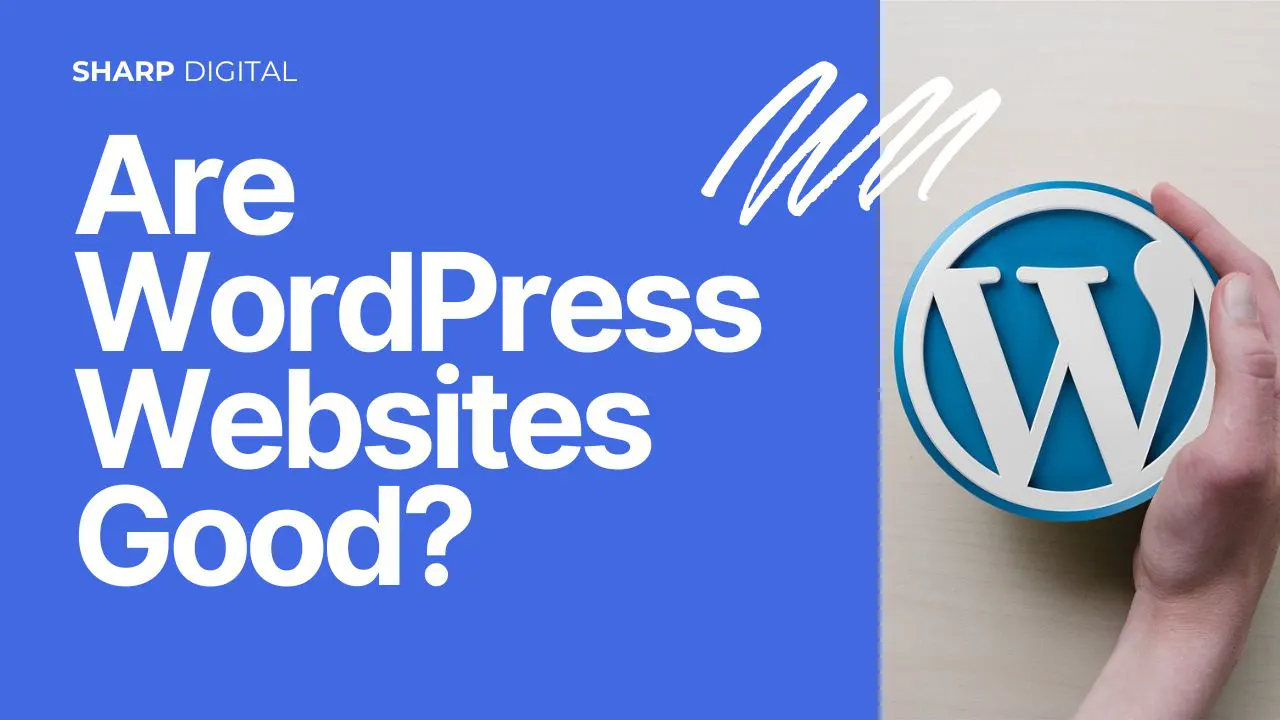Keyword research is the cornerstone of any successful SEO strategy. It involves identifying the terms and phrases your target audience uses when searching for products, services, or information related to your business.
Why Keyword Research Matters
Effective keyword research helps you:
- Understand your audience's search intent and language
- Identify high-value opportunities with lower competition
- Create content that directly addresses user needs
- Optimize your website structure and navigation
- Track and measure your SEO performance
Types of Keywords to Target
1. Short-tail Keywords (Head Terms)
Example: "SEO services"
Characteristics: 1-3 words, high search volume, high competition
Best for: Brand awareness, top-of-funnel traffic
2. Long-tail Keywords (Body Terms)
Example: "affordable SEO services for small businesses in Mumbai"
Characteristics: 4+ words, lower search volume, lower competition
Best for: Qualified traffic, higher conversion rates
3. Local Keywords
Example: "digital marketing agency near me"
Characteristics: Location-specific, moderate competition
Best for: Local business visibility



